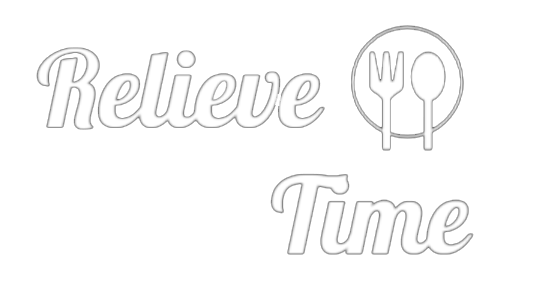The Business of Bartending: Costing Out Drinks with Anthony Caporale
In our last column, we covered how to implement a Standardized Recipe Program by putting all your drink recipes in a consistent, easy-to-follow format.
Here’s the one I use:
Drink Name
In a mixing [tin/glass] half-filled with ice, add:
X oz. [SPIRIT BRAND 1]
X oz. [SPIRIT BRAND 2]
X oz. [LIQUEUR BRAND 1]
X oz. [LIQUEUR BRAND 2]
X oz. [MIXER 1]
X oz. [MIXER 2]
[Shake until the tin is frosted/Stir for 30 seconds].
Strain into a [GLASSWARE.] [, add:]
X oz. [FLOAT BRAND]
X dashes [BITTERS BRAND]
Garnish with [COMPLETE GARNISHING INSTRUCTIONS WITH BRAND].
Serve on a cocktail napkin [with a straw/cocktail stirrer].
Tip: List ingredients from most to least alcoholic and from greatest to least quantity.
Now let’s look at why having standard recipes is so important to being profitable. In restaurant management classes, we teach a formula to calculate profit that probably looks obvious to you, but it’s useful to see in writing: Profit = Price – Cost
I’ll always use Price to mean Menu Price, or what the guest pays for the drink. I’ll use Cost to mean Product Cost (sometimes called COGS, or Cost of Goods Sold), or what you pay for the drink ingredients. (Note that this doesn’t include your labor costs or any of your other operating expenses, we’ll see how to account for those in an upcoming article.) You can see that to calculate your profit, you first need to know your Price and Cost. Price is easy: read your menu. Cost is tougher, and many bars simply guess if they bother to think about it at all. But you must ask yourself, do you really want to play guessing games with your profits?
Standardized Drink Recipes are the key to knowing your COGS. If you know exactly how much of every ingredient you use, you can easily calculate the Product Cost for each drink. Let’s look at that Martini recipe to see how:
House Martini
Ingredients:
In a mixing tin half-filled with ice, add:
2 oz. St. George Gin
½ oz. Martini & Rossi Extra Dry Vermouth
Preparation:
Shake until the tin is frosted. Strain into a Martini glass.
Garnish with 2 Royal Ann Pitted Manzanilla Cocktail Olives centered on a cocktail pick placed in the glass.
Serve on a cocktail napkin.
You can find the cost of each ingredient on your vendor invoices, but to be useful in a Standardized Recipe the package cost (usually a bottle) needs to be converted to a unit cost (usually ounces) like this:
Unit Cost = Package Cost / Number of Units in Package
For St. Georges Gin:
Package Cost (Per Bottle) = $40
Number of Units in Package (Ounces) = 25.4 oz.
Unit Cost (Per Ounce) = $40 / 25.4 oz. = $1.57
If I do that for all our ingredients and then multiply the unit costs by the amounts used in the recipe, we get:
2 oz. St. George Gin = 2 oz. x $1.57/oz. = $3.14
½ oz. Martini & Rossi Extra Dry Vermouth = 0.5 oz. x $0.39/oz. = $0.20
Ingredients Subtotal = $3.34
But the liquids aren’t the only things you’re serving in the drink:
2 Royal Ann Pitted Manzanilla Cocktail Olives = 2 olives x $0.08/olive = $0.16
Cocktail pick = $0.03
Cocktail napkin = $0.01
Q-Factor Subtotal = $0.20
Those last three items are called Q-factor items, and if they cost you money they need to be included (you can see in the above example they make up over 5% of the overall cost). We now know that our product cost for a House Martini is $3.54. To be sure this is accurate, it’s important to use the actual costs you’re paying on your invoices, and to keep those costs updated as they change.
Our next step is to set a Menu Price that makes sure the drink meets our profit goals. That’s what we’ll be covering in our next article, so stay tuned!
Visit chilledmagazine.com to download Anthony’s Standardized Drink Recipe Template!
Anthony Caporale is the Director of Spirits Education at New York’s top-ranked Institute of Culinary Education and consults for some of the largest beverage companies in the world. He also created “The Imbible” series of long-running musicals about the history of cocktails and spirits. anthonycaporale.com
The post The Business of Bartending: Costing Out Drinks with Anthony Caporale appeared first on Chilled Magazine.
